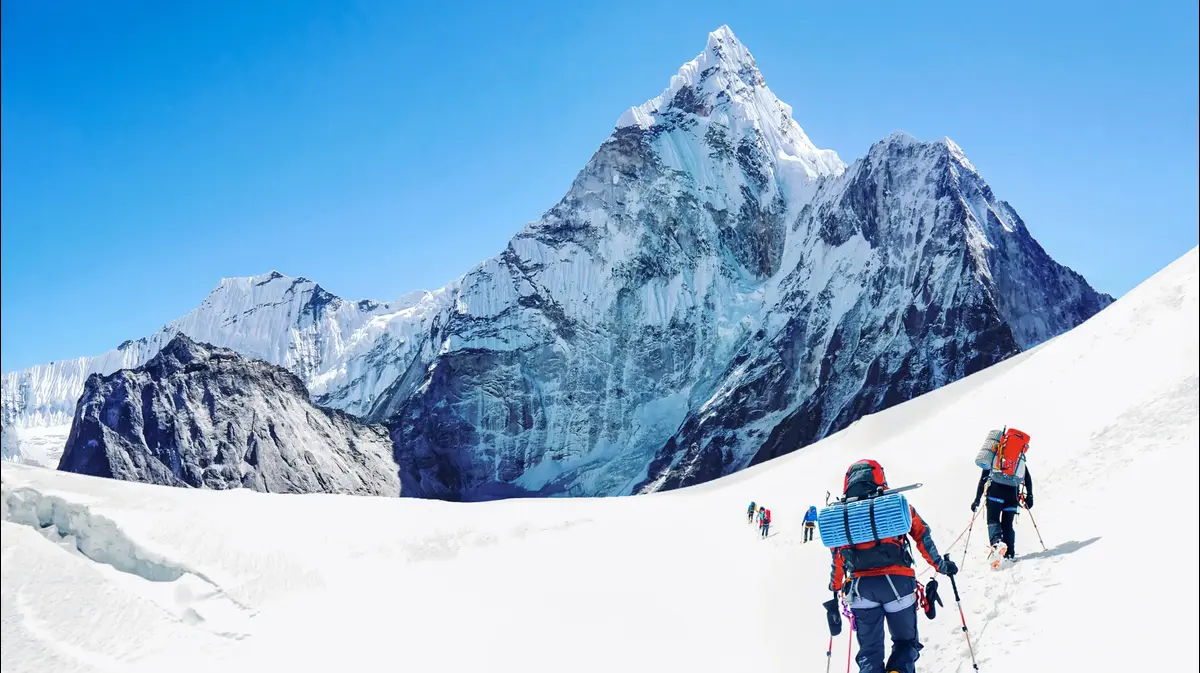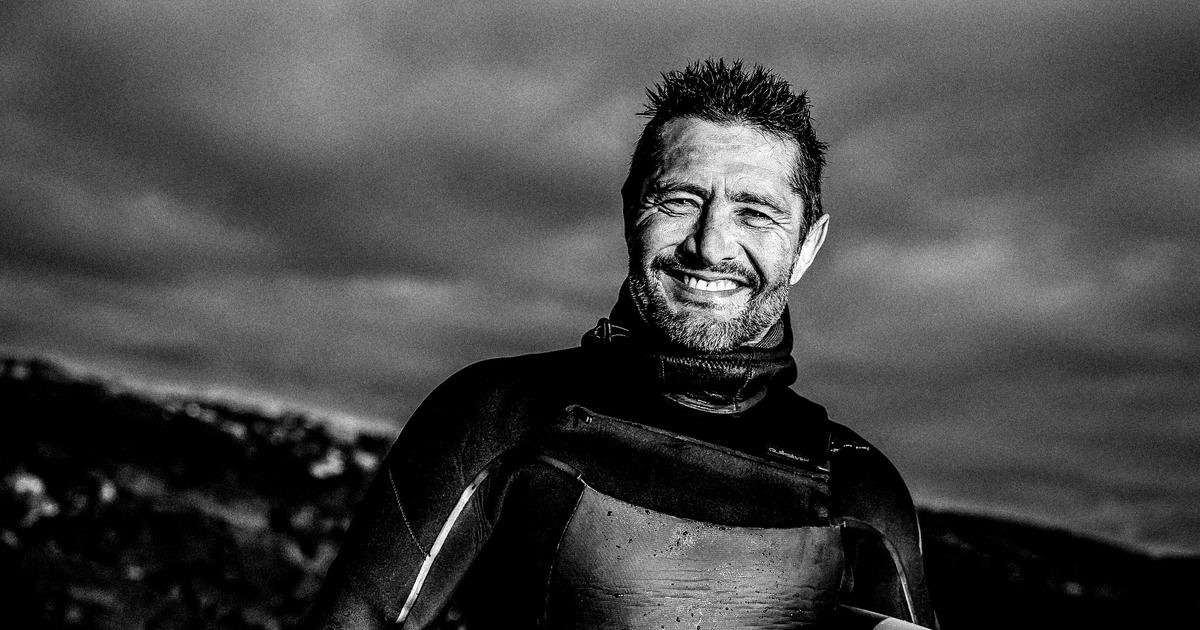It is becoming easier to reach the summit on Everest. A study of data from thousands of attempts to reach the top since Edmund Hillary and Tenzing Norgay achieved it in 1953 shows that the success rate has been rising to double in recent years. In parallel, the probability of dying trying has dropped by more than 50%. Technology, advances in meteorology and overcrowding appear among the possible explanations.
American researchers have wanted to see how the profile of those who climb and manage to reach the highest mountain on the planet has changed. In addition to scientific curiosity, they believe that this data can help future mountaineers to know what they are facing and the authorities to manage the growing mass of climbing. But it also illuminates some of the most profound changes experienced by human societies in recent decades, such as aging, the advancement of women or the commercialization of adventure.
The work, published in PLoS ONE , is supported by the records of more than 5,000 climbers on their first attempt to reach the top. The first thing that is observed is that those who achieved it have been aging. Between 1953 and 1989, which could be called the adventurous era, 82% were under 40 years of age and only 0.1% were over 60. In the last five decades, those under 40 were barely half of all those who They existed and 4.6% were already over 60 years old.
Women and men are equally likely to be successful on the ascent
In the first decades, the ascent of Everest was almost exclusively the preserve of men, with only 4.5% of women completing the adventure. The percentage has been increasing to 14.6% since 2006. But the most interesting thing is that today women and men have the same probability of being successful in the company.
The increased chance of success is perhaps the most significant finding in the study. Since 1990, the percentage of those who make it to the top and return to base camp alive has doubled. While only a third of the mountaineers who tried it in the 1990-2005 period succeeded, in the past decade there were already two thirds. In parallel, the percentage of those who die in the attempt has dropped from 1.6% to 1%. By the way, the majority (95%) do it already on the descent to the top.
"The key to success, more than the improvement in technology, has been the advances in weather forecasts", says the president of the Royal Spanish Mountaineering Society Peñalara Pedro Nicolás. "The teams have improved, they may have lowered their weight by 50% and the technical level of the Sherpas has increased, but the wind is the most limiting factor," he adds. In fact, the bulk of ascent attempts are concentrated in a few days in May, where conditions are the most benign. Hence those concentrations of 300 and up to 400 mountaineers climbing in the same day.
Nicolás is struck by the fact that this overcrowding has not increased the mortality rate. In principle, they slow down both the rise and fall, which exposes the so-called death zone for a longer time . "The crowds are not dangerous, the footprint is perfectly made, there are more ropes and a greater sense of protection is transmitted," he says.
"What this research shows is the industrialization of Everest," laments writer and adventurer Sebastián Álvaro, who stopped going to the mountains in the 1990s in part because of that "ascent marketing machinery." Sherpas fill the entire climb with ropes, prepare the ground well "and only then do the customers come in," adds Álvaro, who is preparing a book on the demographics of the climb.
You can write to miguel@esmateria.com or follow MATERIA on Facebook , Twitter , Instagram or subscribe here to our Newsletter

/cloudfront-eu-central-1.images.arcpublishing.com/prisa/5PUKAJDATRHQHI7EEJUO373LNE.JPG)






/cloudfront-eu-central-1.images.arcpublishing.com/prisa/OCEVHJEFHRFUTE37TBGEDFHUCI.jpeg)